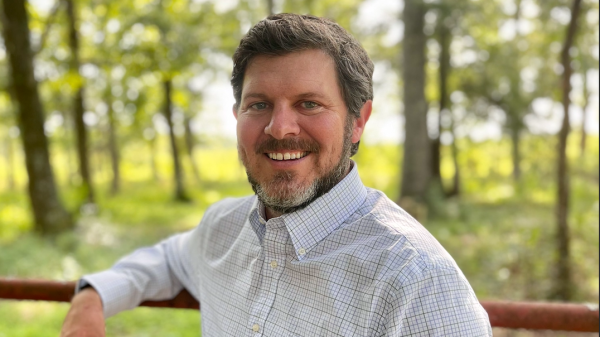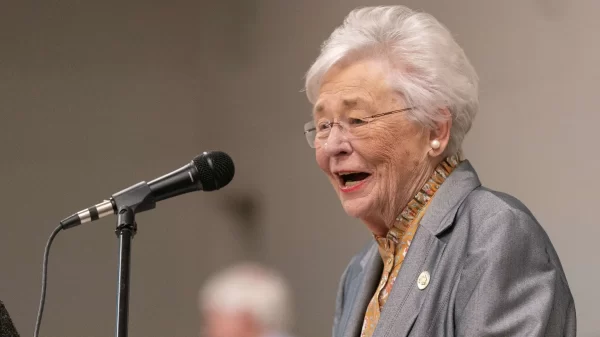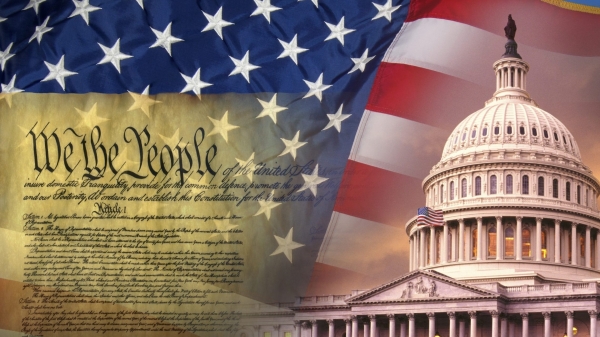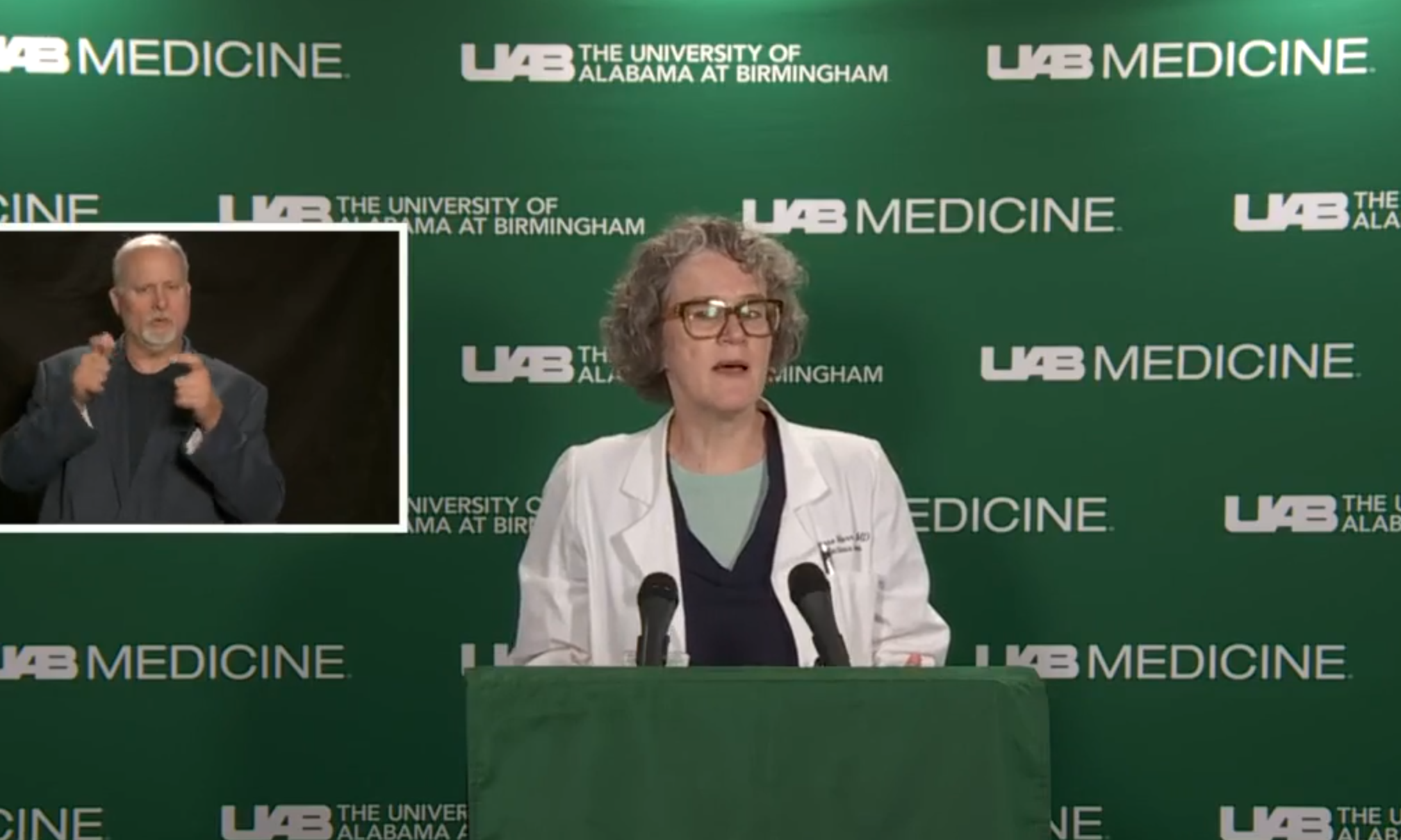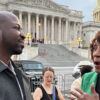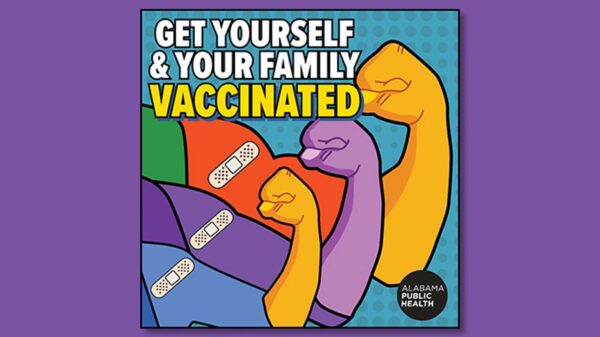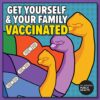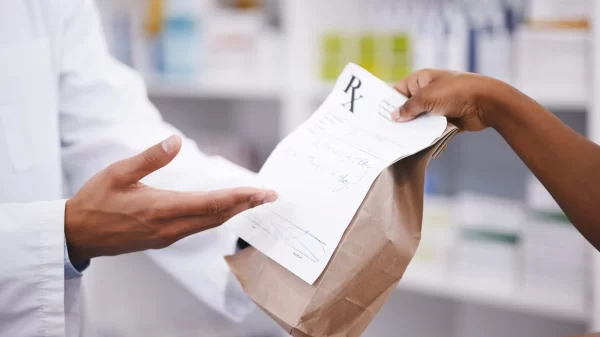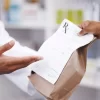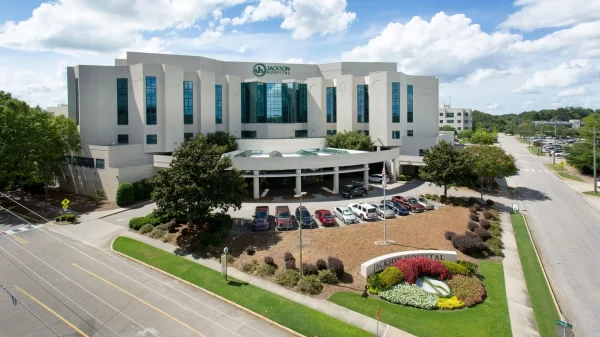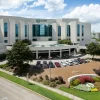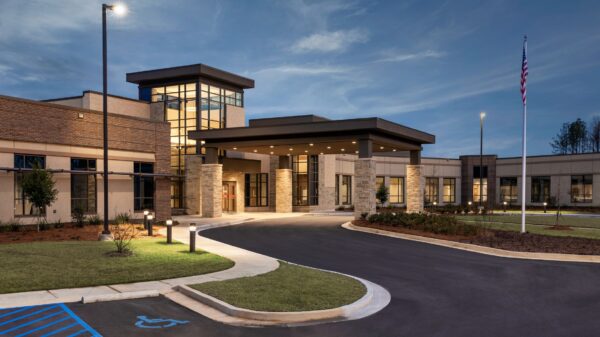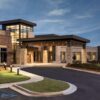Alabama’s surge in COVID-19 cases is stressing hospitals and, if the rise in cases continues, could put all patients in jeopardy, doctors at UAB Hospital said on Monday.
Dr. Jeanne Marrazzo, director of UAB’s infectious diseases division, said during a press briefing Monday that the state continues to see record-breaking numbers of new coronavirus cases. The timing of the rising trends come just when we should be seeing new cases after the state lifted additional restrictions at the end of May and around Memorial Day.
“We now have widespread, sustained community spread,” Marrazzo said. “There’s so much infection out there.”
Alabama reported 5,302 new COVID-19 cases over the last seven days, which was the highest number of reported new cases over seven days since the outbreak began. At least 7,646 cases have been confirmed in the last two weeks — also the most in a two-week period.
On Sunday the state saw more than 1,000 new confirmed cases, making it the fourth straight day for record high new daily cases in Alabama. There have been 769 deaths due to the virus statewide.
{{CODE1}}
Gov. Kay Ivey’s “stay at home” order was lifted on April 30, and since then, the state has added 18,824 new COVID-19 cases, which is 73 percent of the state’s cumulative case count since the outbreak began.
After the lifting of the “stay at home” order, Ivey issued a “safer-at-home” order that loosened restrictions. The state has since relaxed more restrictions twice, allowing more businesses, churches and entertainment venues to reopen with social-distancing restrictions and sanitation guidelines.
Marrazzo said by looking at the time of reopening and the incubation period of coronavirus, “We really are probably in the thick of it.”
The increase in cases isn’t just because of an increase in testing, Marrazzo said. Over the last two weeks the state’s overall average of percent of positive COVID-19 tests is around 8 percent, much higher than in states that have less community spread, she said.
Over the past seven days, the percentage of tests that have been positive has been roughly 12 percent.
“That, you can compare to a place like Seattle, for example, where they’re really on the downside of their epidemic,” Marrazzo said. “Their positive rate is down to about 1.5 percent, so an enviable place, which we are not at yet.”
And many of the new cases are beginning to show in rural counties, which is troubling, Marrazzo said.
“And that, as I have been emphasizing since day one, is a huge concern given that the people who are in the rural areas have a much higher prevalence of some of the more alarming risk factors for mortality and bad outcomes related to COVID-19,” Marrazzo said.
In addition to increases in new cases, hospitalizations of COVID-19 patients remain high, Marrazzo said. UAB Hospital had been hovering at between 40 and 60 COVID-19 inpatients, but on Monday the hospital was caring for 68 coronavirus patients.
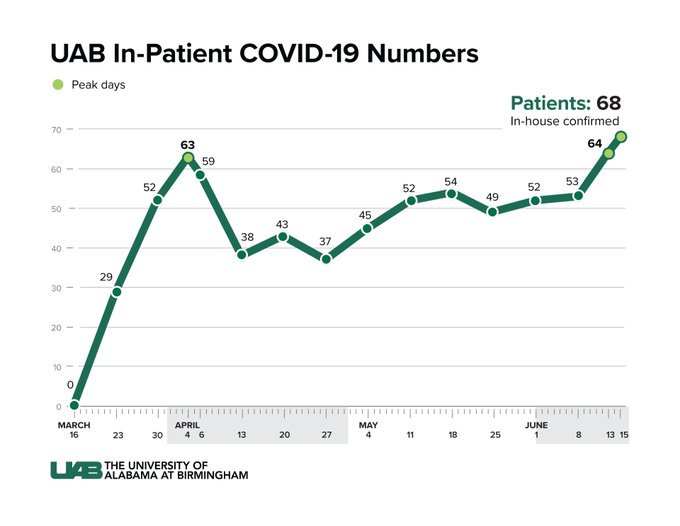
On Monday, the seven-day rolling average of hospitalized COVID-19 patients across the state was at 618, the highest seven-day rolling average since the outbreak began.
{{CODE2}}
Marazzo said the rise in cases and hospitalizations is likely because the public has stopped wearing masks and practicing social distancing, the things that she said helped slow the virus’s spread when the state was under Ivey’s previous orders.
“If you’re going to go out, please wear a mask. If you don’t do it for yourself, do it for the healthcare workers who are really getting wiped out by the persistence of this process,” Marrazzo said. “And the increasing numbers of people who are really sick, particularly in the Black Belt and in the Montgomery area.”
Dr. Sarah Nafziger, professor of emergency medicine and co-director of UAB’s Emergency Management Committee, reiterated during the briefing what Marrazzo said about a continued rise in new cases and hospitalizations, and urged the public to wash their hands frequently, wear masks and avoid touching their face.
“If it continues to accelerate, we at UAB and other hospitals in the state will have to devote more of our resources to expanding our COVID critical care units in our acute care units,” Nafziger said. “That would negatively impact our ability to provide other services that patients need, that we so desperately want to provide.”
Dr. Mark Wilson, Jefferson County’s Health Officer, said during the briefing that he is very concerned about rising numbers across the state and in Jefferson County.
Jefferson County had historically had a percent positive rate of coronavirus tests of between 4 and 5 percent, Wilson said.
“These last three days, if you look at those numbers, it’s been over 10 percent in Jefferson County,” Wilson said. “And that’s the first time we’ve seen it go up that high, so that’s quite concerning.”
{{CODE3}}
Wilson also addressed a controversial statement released recently by the World Health Organization that asymptomatic spread of the virus is rare, a statement widely criticized by infectious disease experts and a statement the organization walked back days later, saying we don’t yet know how frequently asymptomatic people spread the virus.
“We want to make it really clear to everyone that just because you don’t have symptoms today doesn’t mean that you’re not already infected, or that you can’t still spread the virus. We know that to be true,” Wilson said.
“Anytime anyone’s in a public area where they’re likely to come in close contact with other people even for a brief moment, we want those face coverings on and we really, really need your help with that,” Wilson said.
Despite the rise in cases, Ivey doesn’t have immediate plans to reinstate more restrictions, according to The Montgomery Advertiser.
“As we have learned throughout this pandemic, the situation rapidly evolves, and Governor Ivey and Dr. Harris are keeping a very close eye on how we are doing in Alabama,” Ivey’s spokeswoman, Gina Maiola, wrote in a statement to The Montgomery Advertiser on Monday. “Governor Ivey continues to reiterate that the threat of this virus is not behind us.”
“As Governor Ivey has said on-the-record multiple times, you cannot have a life without livelihood,” Maiola continued. “She urges every Alabamian to do their part as we continually work to combat this virus and regain the footing and momentum we had just a few months ago.”



